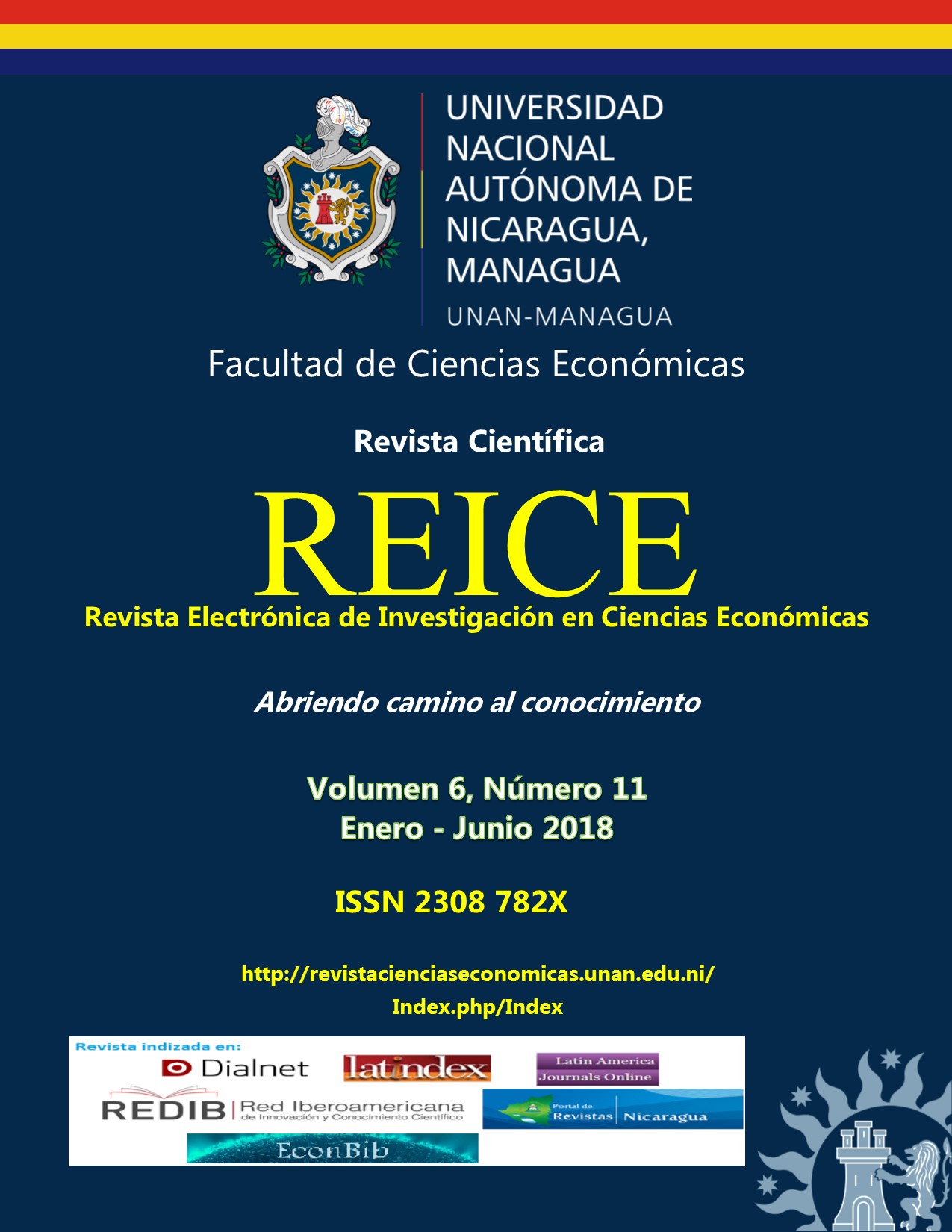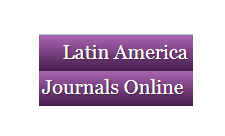Análisis de indicadores socioculturales de desarrollo rural en la comunidad Santa Rita, Masatepe-Masaya, 2017
DOI:
https://doi.org/10.5377/reice.v6i11.6144Palabras clave:
Desarrollo rural sustentable, indicadores, dimensión sociocultural, sustentabilidad, Santa RitaResumen
Este artículo indaga en las experiencias de otros autores sobre el manejo de indicadores que puedan dar tratamiento a la dimensión sociocultural del desarrollo rural sustentable (dimensión que compete a la parte humana de la sustentabilidad) y, a partir de ello, explorar el estado de desarrollo de la comunidad campesina Santa Rita, ubicada en el municipio de Masatepe, departamento de Masaya. Para ello se utilizó recursos bibliográficos acorde al tema y una metodología cuali-cuantitativa, haciendo uso de encuestas y entrevistas en el contexto antes mencionado. Los resultados arrojaron que un 42% de las familias de Santa Rita se dedican a la producción agrícola, sin embargo, debido a la situación de la tenencia de la tierra, vulnerabilidad ante externalidades climáticas y el acostumbrado uso en grandes cantidades de agroquímicos, hacen de esta actividad una no sustentable, reflejándose en el porcentaje de emigración, el cual indica que en un 54% de las familias locales, por lo menos un miembro de la familia ha tenido que emigrar en los últimos 20 años para ocuparse laboralmente.



